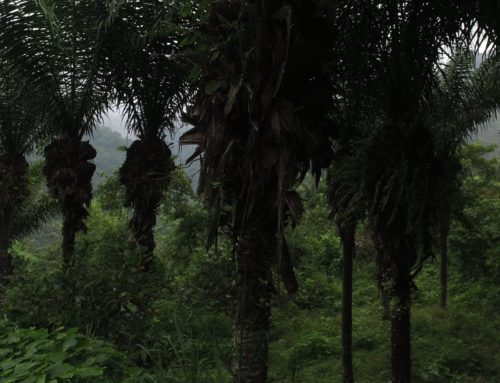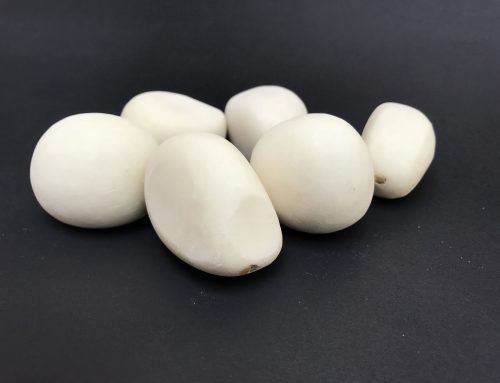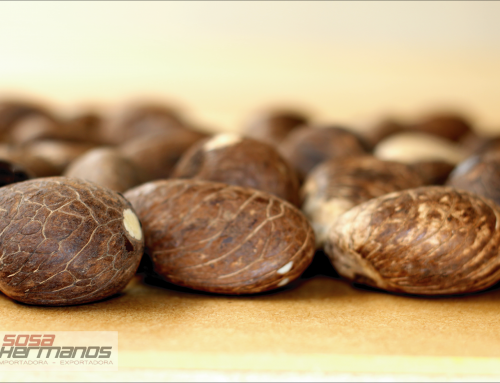The history of Tagua marketing is truly fascinating. The «vegetal ivory» was consolidated in the late nineteenth century as a precious export product, much sought after in Europe and produced by Germans who migrated to the country in the interwar period, in search of better opportunities.
The powerful Casa Tagua Alemana (Handelgesselschaft) discovered in South America, Ecuador, a great source of raw material supply, which led to the creation of several agencies in Manta, Bahía de Caráquez, Machalilla and Esmeraldas. The material is transported aboard merchant sailboats that sail from Ecuador and crossed the Strait of Magellan to advance to the African coasts and finally to land in Hamburg.
The first shipment of Tagua departed from Manabí in the year 1865. From that moment it became the product par excellence for the manufacture of quality buttons addressed to the couture firms. In this way the House of Tagua Handelgesselschaft becomes the exclusive supplier of the raw material for the main Italian keypads.
Incredibly the origin of the Tagua was a secret kept well by the Germans for almost 50 years. This is due to the mistaken belief that the «corozo», similar to animal ivory, the provenance of animal horns as was the case in Africa. This is how a German marketing monopoly was created that obviously bothered the Italians of the manufacturers, so they do not know the source of the same, that they get supplies from the raw material in Germany.
To unveil the origin of the Tagua, the Zanchi family, prestigious Milanese keyboards for generations, decided to send one of its younger members, Giovanni Zanchi Pesenti in search of the corozo. Giovanni embarked for the African continent, where he spent 17 years guided by the certainty that the German sailboats went up on the coast of Africa and later went to the port of Hamburg. Finally through the indiscretion of a drunken sailor he got the secret: The tagua only occurred in Ecuador, in South America.
Mr Giovanni Zanchi first came to the city of Manta in 1914, where he eventually created a company for the production of Tagua buttons. Other events that marked the end of the German monopoly were the invention of boats propelled by propellers and the opening of the Panama Canal, which opened the doors of the new continent to the world.






